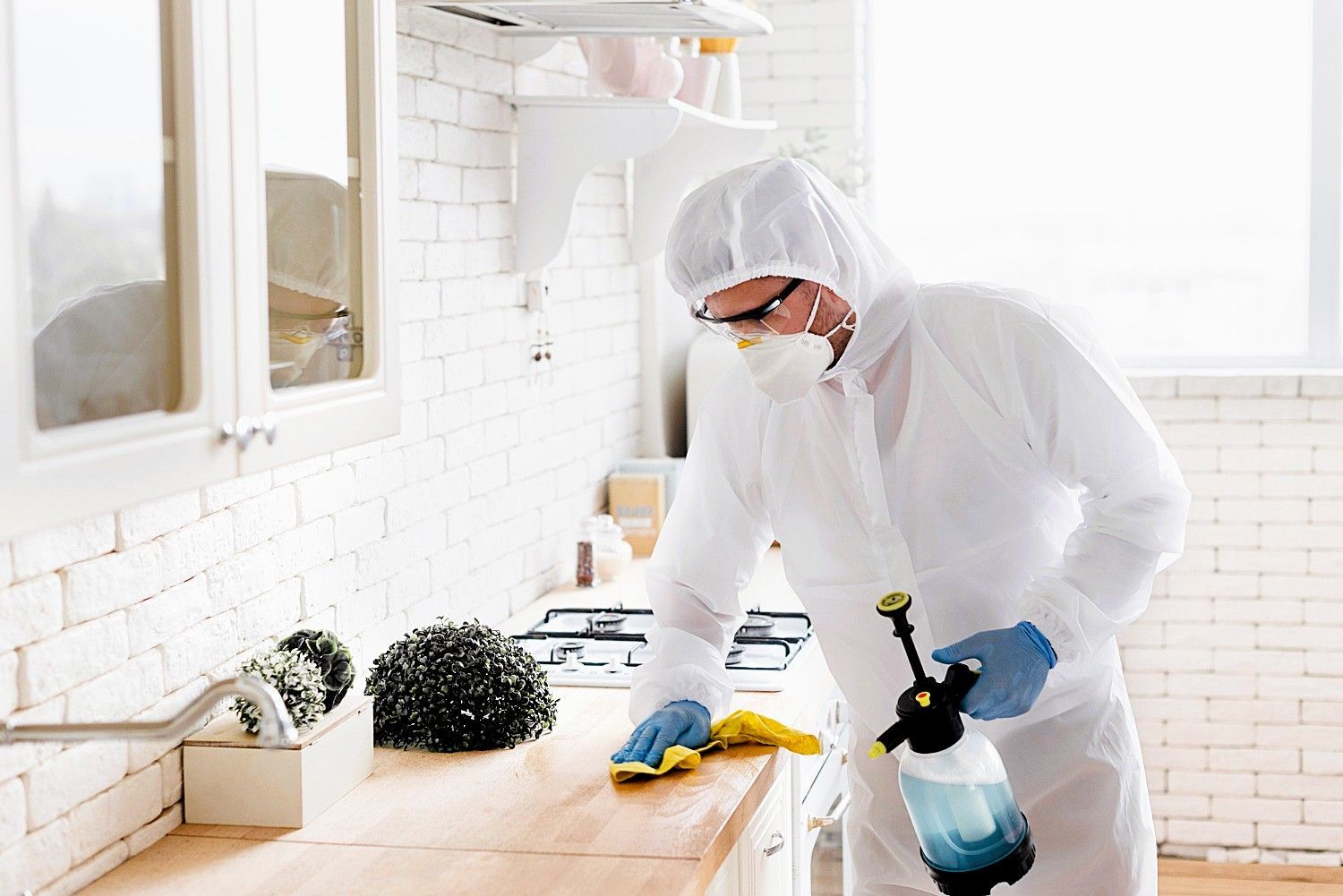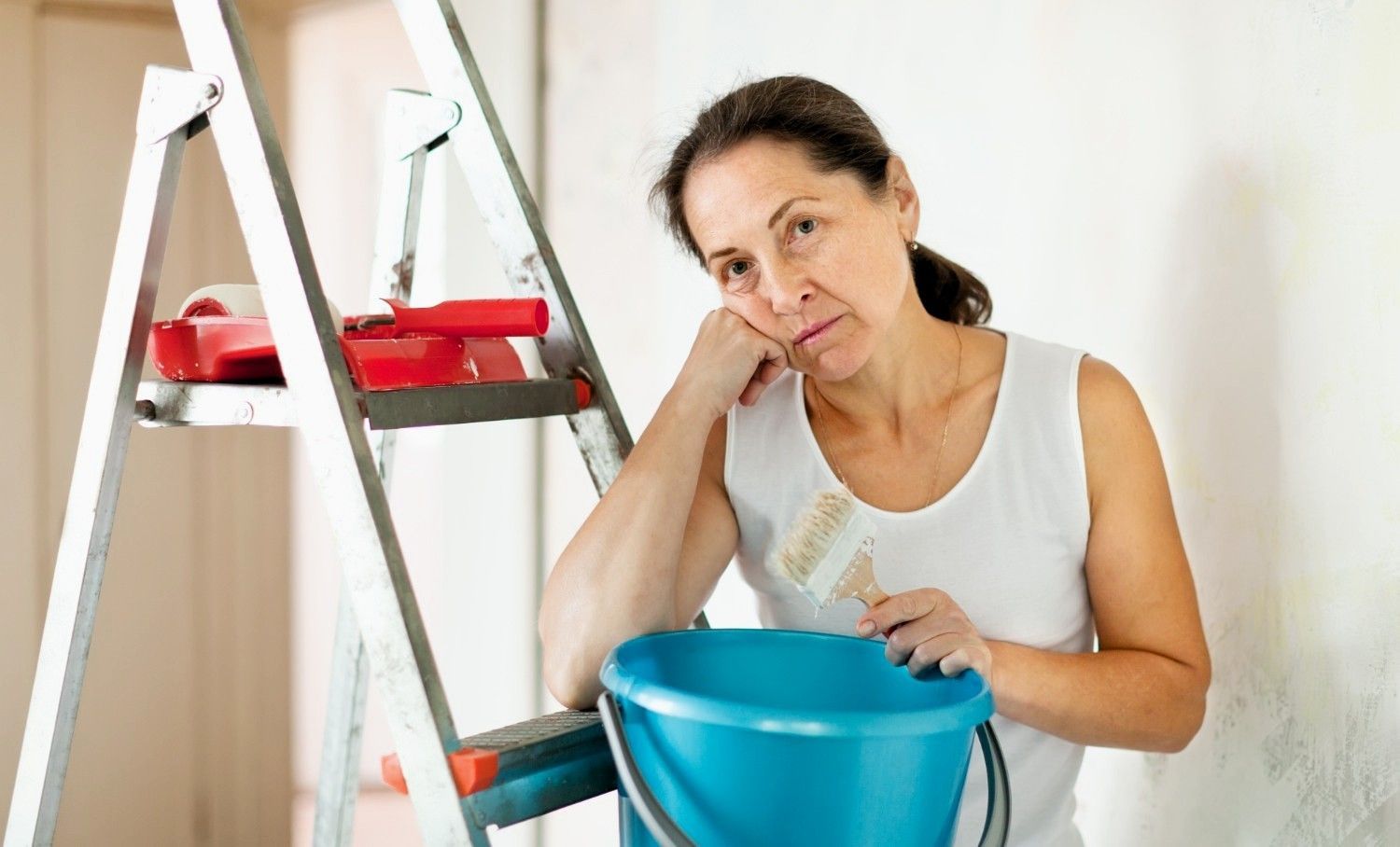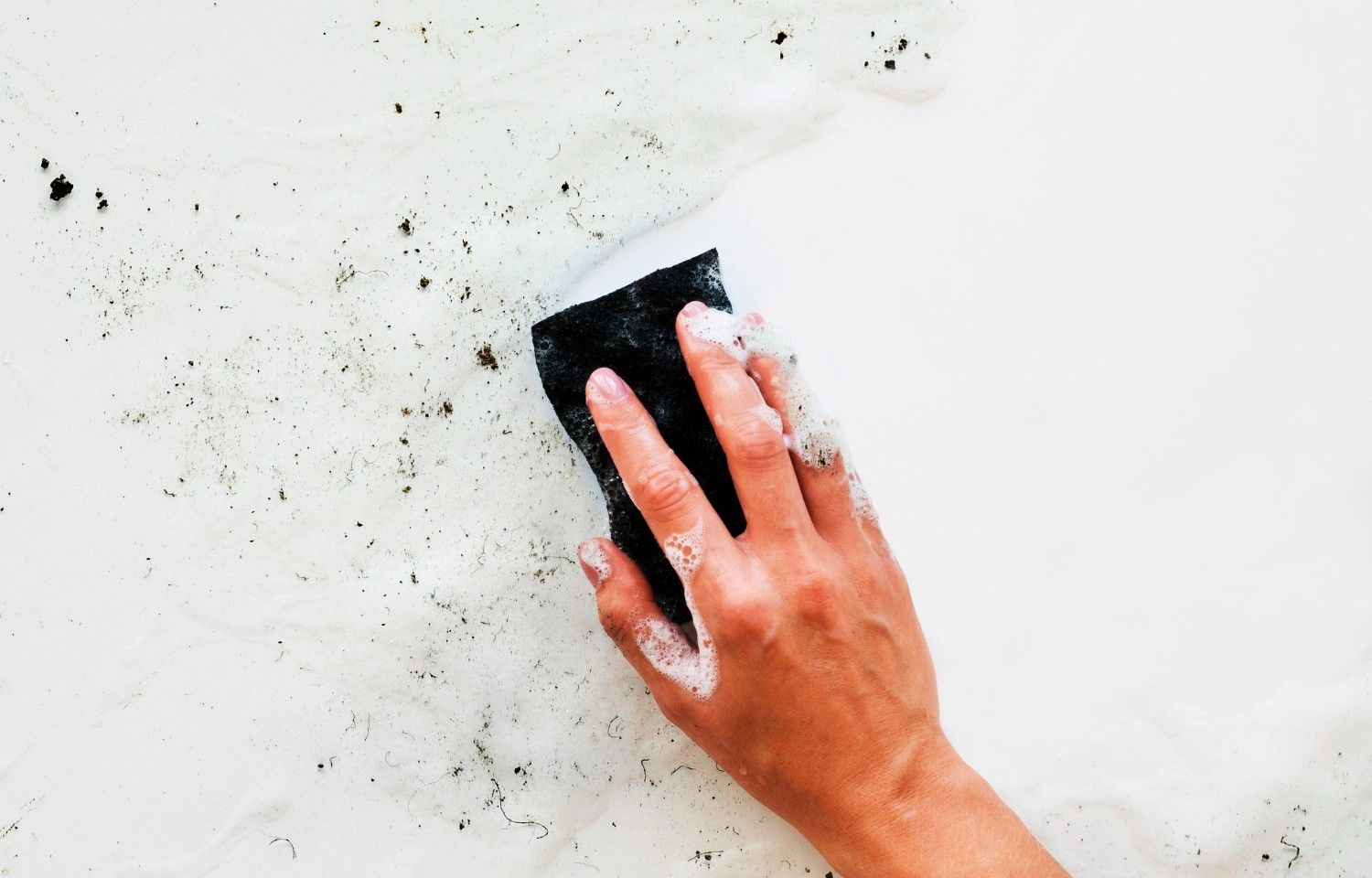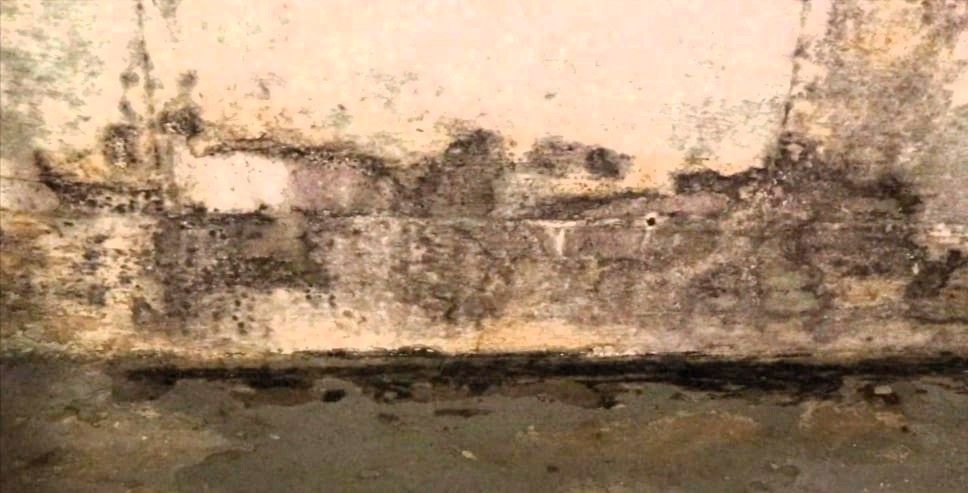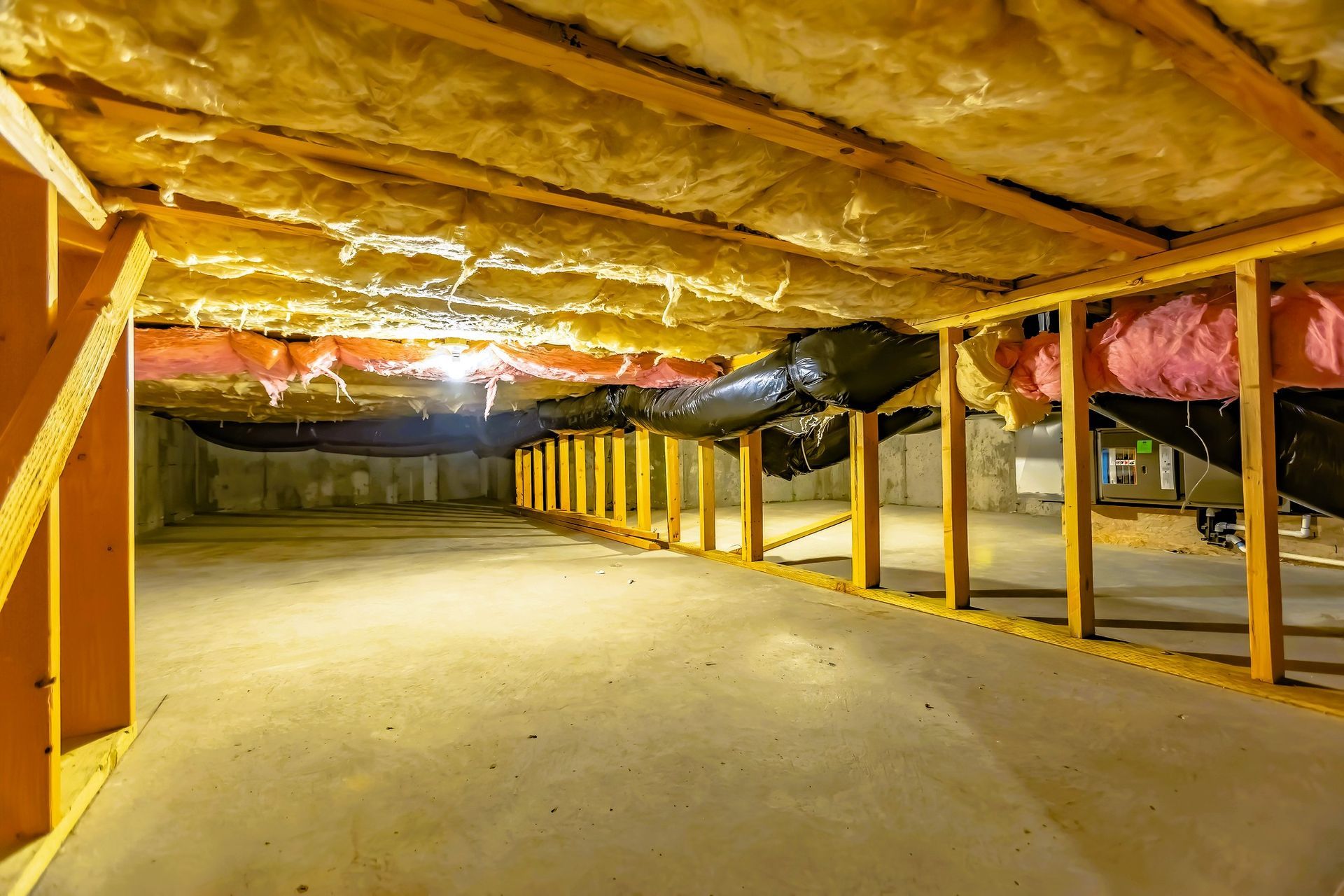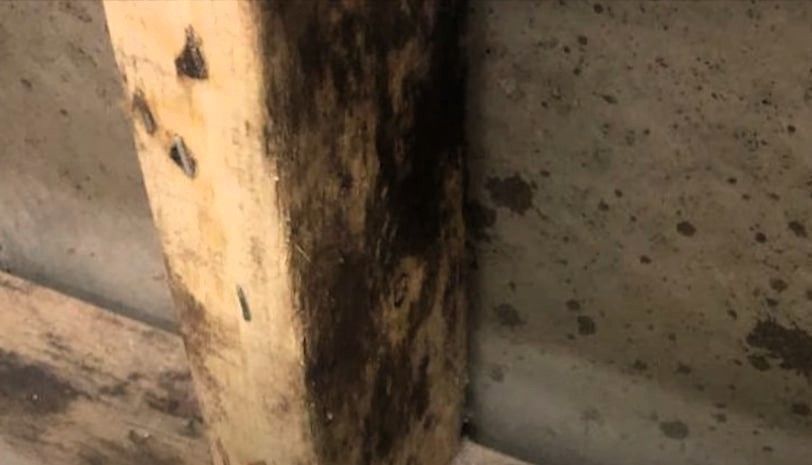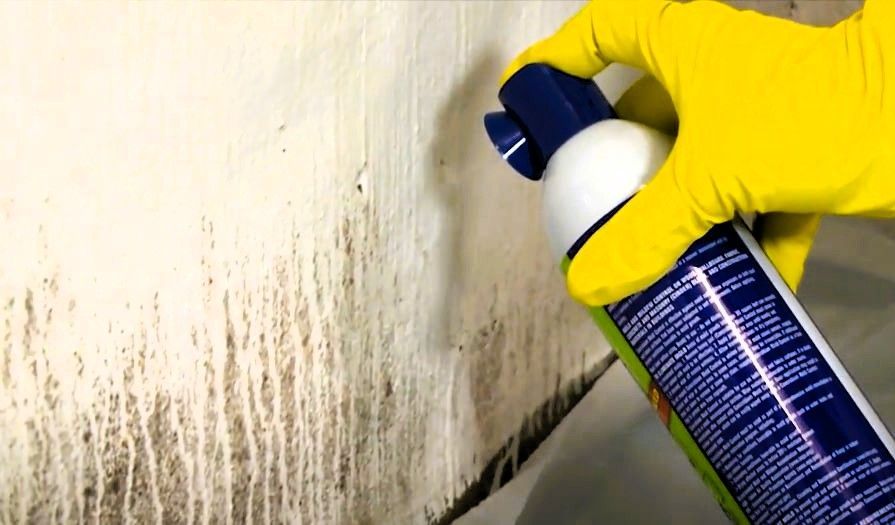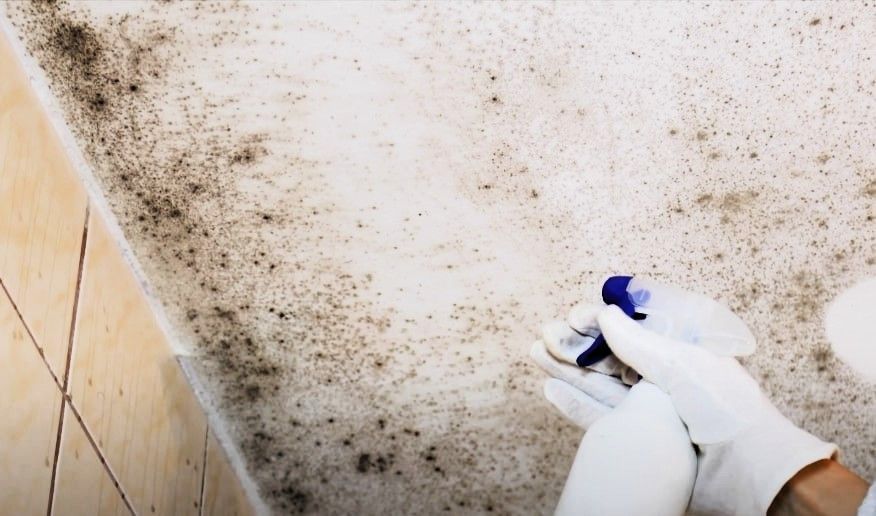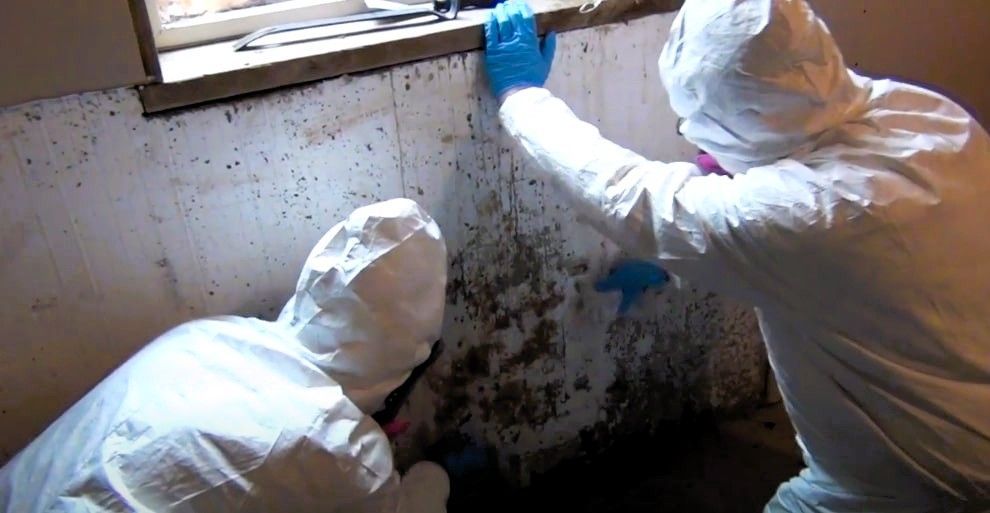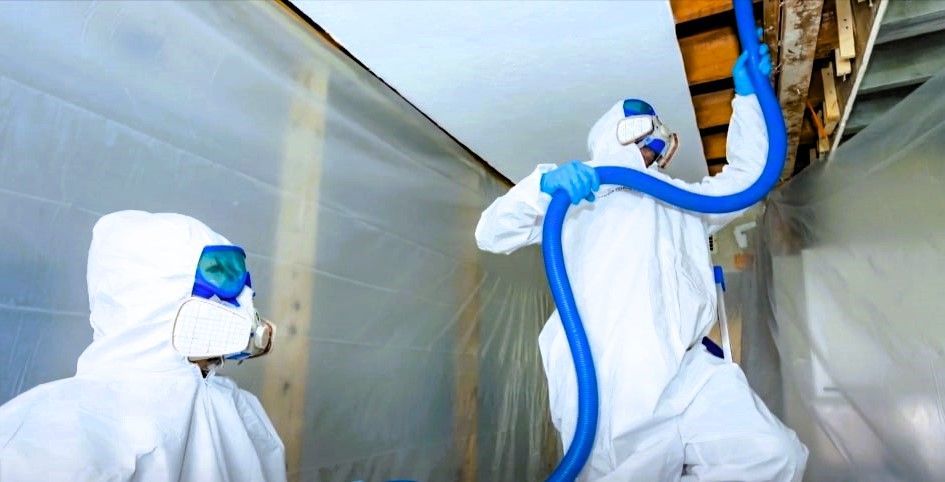Things You Need to Know When Dealing with Black Mold
Learn all about it to be alert in case you see it in your home.
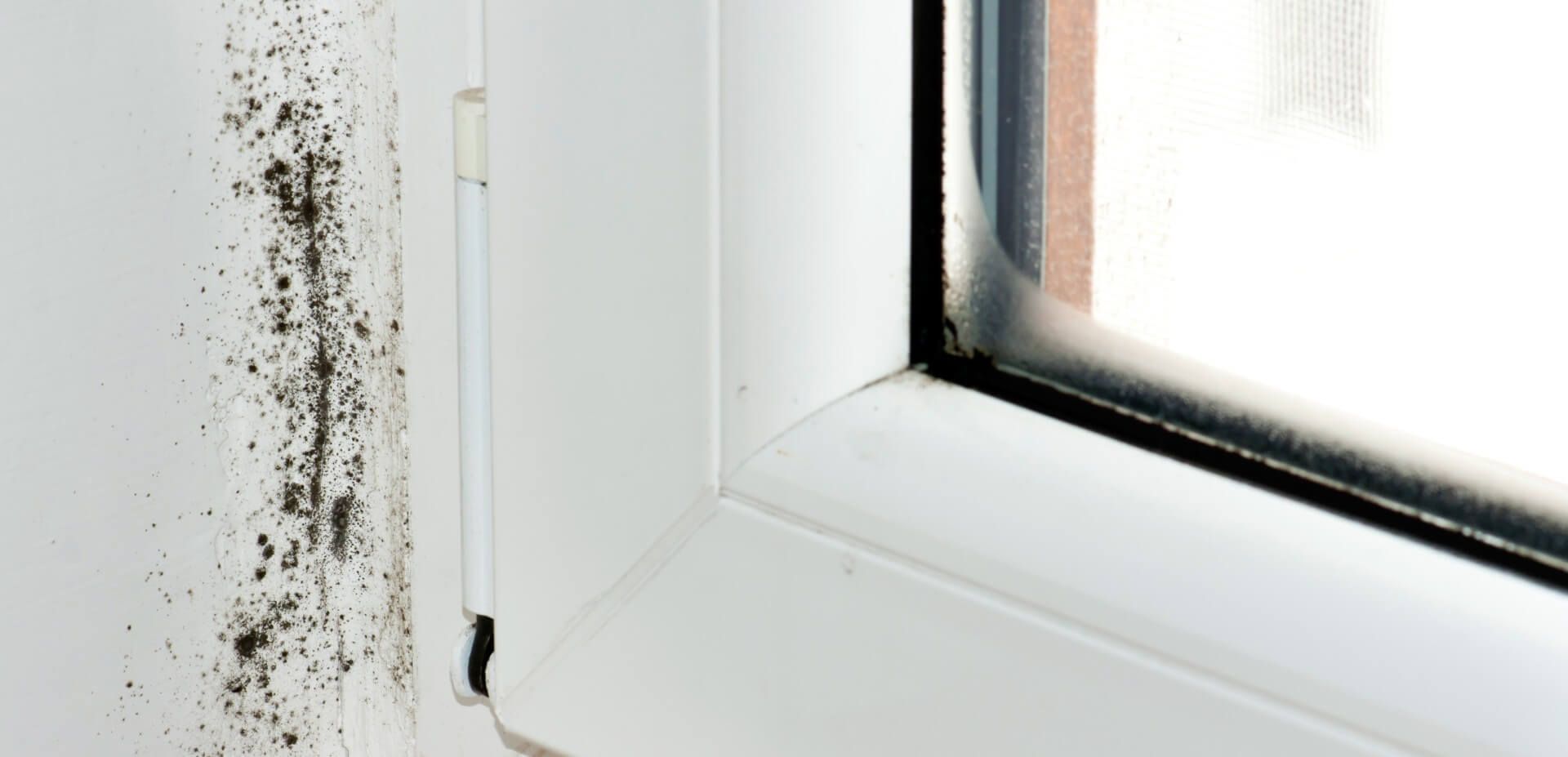
Mold is a fungus that can be found growing outside and inside the house. They are found in damp, humid environments where they break down plant matter like dead leaves or wood. The broken-down nutrients are then returned to nourish the soil.
That sounds nice and helpful for nature, but you don't want that happening to your furniture and home. Mold might be good news for nourishing the soil outside, but it’s bad news when it appears in your home.
And that's because mold can be a source of respiratory ailments, allergic reactions, and infections. Therefore, it's important to let mold grow and thrive outside your home but never inside. You must watch for signs of mold growth and remove it as soon as possible, especially if you have black mold on the premises.
But just what is this black mold? Is it really dangerous? What symptoms should you watch out for to alert you there's black mold around?
No need to wonder about the answers because here are the things you need to know when dealing with black mold.
What is Black Mold?
Black mold, also known as Stachybotrys chartarum, is a mold that looks black, dark green, or greenish black. Their spores can cling onto clothes whenever you are outside, and you can easily carry them inside your home. Because of that, it is considered a common mold that can appear and thrive under the right conditions. And materials like drywall, wood, cotton, carpet, gypsum board, and paper products are just a few of their many habitats, especially if the humidity level is more than or equal to 70%.
Its Dangers and Symptoms
Talk and belief about black mold being a threat to one's health is prevalent, to the point where it's nicknamed toxic mold. However, when it comes down to it, the black mold is similar to a few common mold types that also release similar spores in the air.
However, just because black mold is not the reaper in the mold world, it doesn't mean that you should let your guard down around it. It still releases toxic spores that can trigger a lot of health problems. These effects can be deadly to those with health complications, especially if it involves the respiratory system.
People affected by mold may experience different symptoms depending on their current state of health. In most cases, affected people experience stuffy noses, itchy eyes, skin, coughing, and postnasal drip. People with asthma or respiratory ailments might have more severe symptoms like fever, shortness of breath, wheezing, and chest pains.
And on very rare occasions, some people might feel symptoms of mycotoxicosis or poisoning from mycotoxins derived from some fungus. And black mold is one of the few fungi capable of releasing mycotoxins. These symptoms include body aches, headaches, nosebleeds, and memory loss, though further medical research is still needed for these cases.
Removing, Cleaning, and Black Mold Prevention
For mold infestations that occupy over ten square feet, they should be left to the professionals. Otherwise, if the area where mold is found is not that big or at most occupies 3 by 3 square feet, homeowners can easily deal with it themselves. Moreover, you can easily remove it using common household materials.
As for prevention, black mold, green mold, or any color mold share the same living conditions, anywhere that's humid and damp. By regularly keeping an eye out for signs of leaks or water damage, you can solve water issues before they get worse.
Being vigilant, cleaning your bathroom, and checking on your basement if you have one is also recommended. This way, you can quickly remove and clean the areas where mold growth or mildew can be seen. Using exhaust fans and dehumidifiers and ensuring proper ventilation can also reduce the chances of mold growing in your area.
Though black mold may be just as dangerous as the next common mold, this isn't enough to relax and let the black mold be. Just like any other mold, it's best to remove it as soon as it appears so mold won't spread and wreak any more damage or cause problems in your household.
Have a mold problem you want to take care of?
Contact us now at Grand Rapids Mold Relief, and we'll deal with your mold problems in no time!
